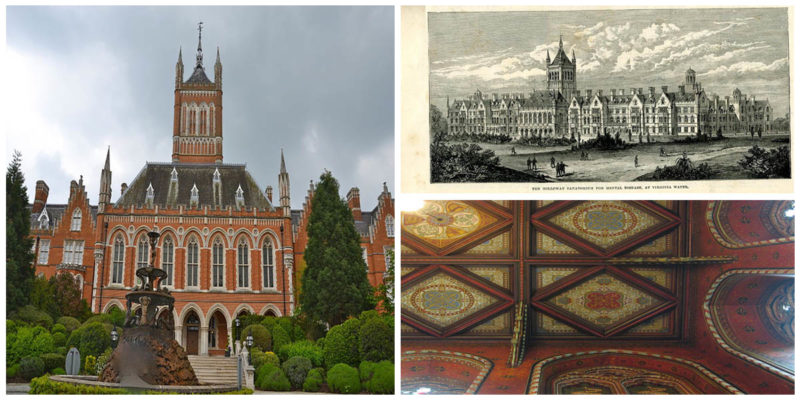It served as an institution for the treatment of the insane, placed on top of more than 8 hectares of parkland. It was located close to Virginia Water, Surrey, England within the boundary of Egham and today’s contiguous London urban area.
Thomas Holloway a wealthy philanthropist conceived the idea for such an institution, as well as personally funded the project as a ‘gift to the nation’. It was designed in an elaborate Franco-Gothic style by W. H. Crossland and was built between 1873 and 1885.
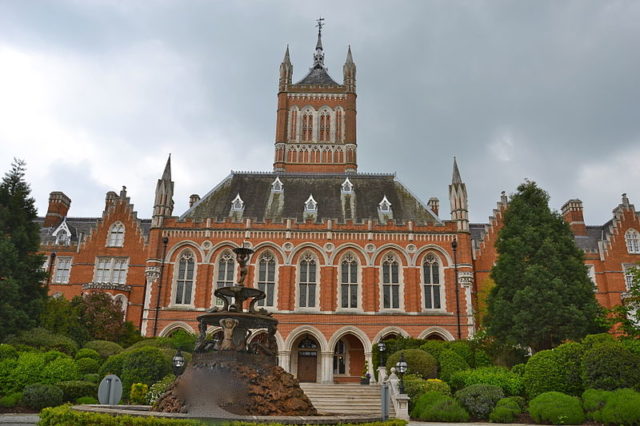
Back in its days (and even now for that matter), Holloway Sanatorium was an extraordinary and extensive building. The architect chosen for the whole deal was William Henry Crossland, a prominent 19th-century architect and a pupil of George Gilbert Scott.
William Henry was inspired by the gothic styles of the Cloth Hall of Ypres in Belgium and the Sainte-Chapelle in Paris. Construction of the sanatorium started in 1873. Once done it was opened by the Prince and Princess of Wales (later King Edward VII and Queen Alexandra) on 15 June 1885 and served as ‘a hospital for the insane of the middle class’.
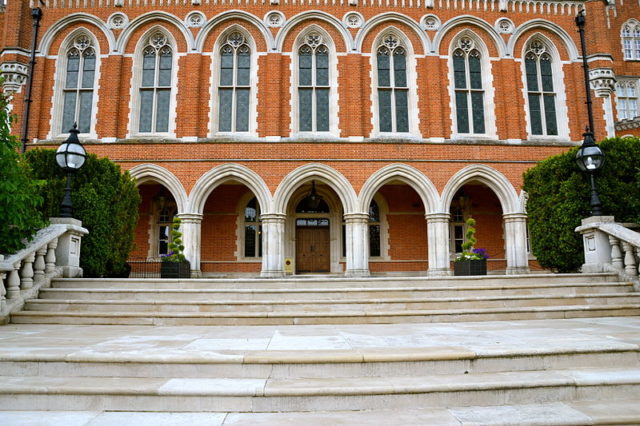
To be more specific this sanatorium was intended for the doctors, lawyers, artists, or any person whose income ceases when this person stops to work due to the inability for his/her craft to be carried on by a deputy.
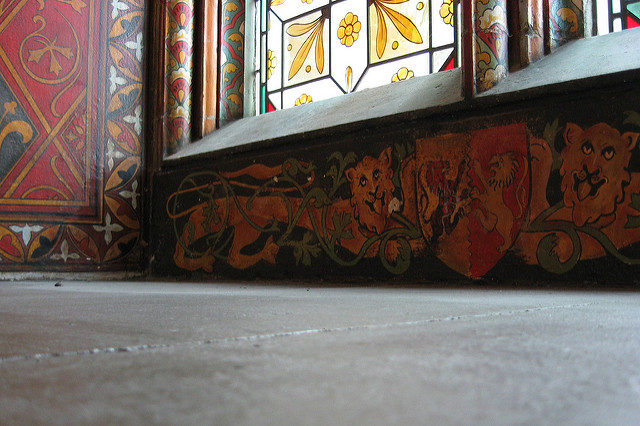
At the time of the construction, Holloway worked supervising the project closely until sadly he was prevented by illness. Tragically he died some eighteen months before the Sanatorium was opened.
During the first year the sanatorium admitted 73 patients, but that number increased throughout the years and later in 1892 it was already above the 600 figure. In the early stages of this institution, some new regulations came into play and logically the sanatorium had to comply with these safety regulations.
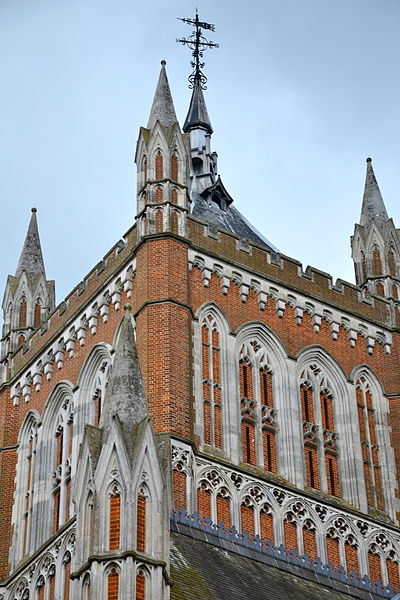
If one is to stumble inside this sanatorium inevitably this person would be left out of breath by the great recreation hall with its radiant beamed roof that was decorated by the Scottish architect and designer John Moyr Smith at a cost of £400.
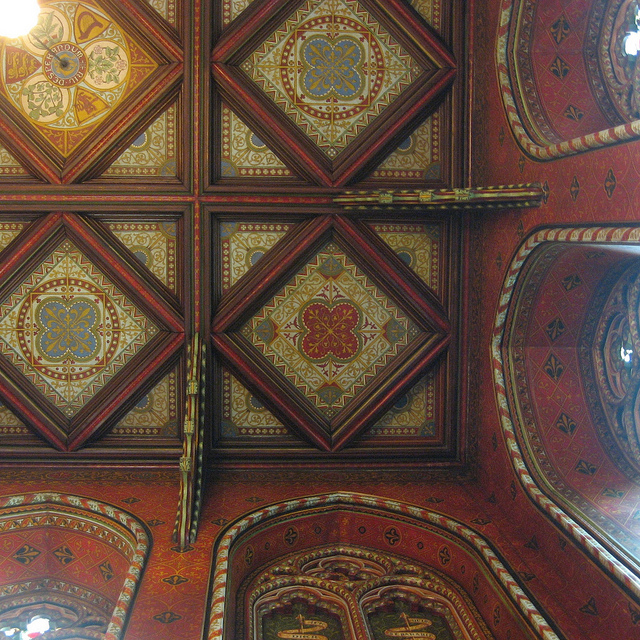
As its first superintendent, the sanatorium had Dr. Sutherland Rees Phillips and during the early years of the sanatorium, all of the staff lived on the premises. The 1891 census shows that there were 314 patients and 147 resident staff.
The asylum was a luxury hospital that featured a number of elegant furniture pieces in the rooms and corridors for it was run along the lines of an English country house. It was a beautiful place with grounds laid out for strolling, tennis, croquet, and cricket.
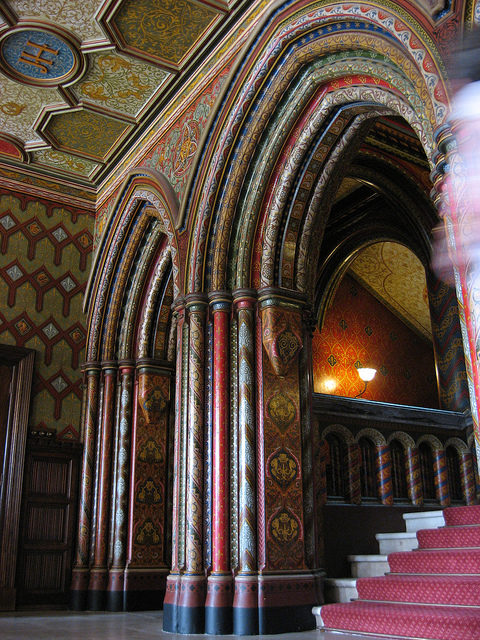
And if this wasn’t enough there was a band that played on summer afternoons for the pure pleasure of the staff, the patients, and the visitors. Later in the evenings, there were concert parties. This sanatorium was also famous for its new developments in the mental health field such as occupational therapy and photographs of patients with their case notes.
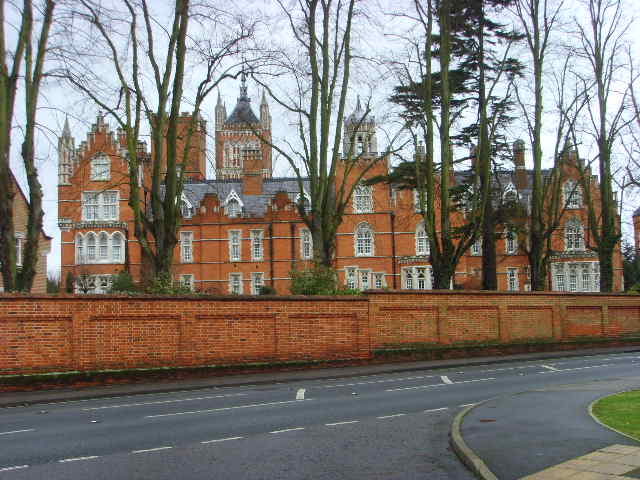
Years later and the management passed to the National Health Service on 5 July 1948. It was during this period that the travelling writer Bill Bryson, while working as a janitor on Tuke Ward, wrote that the sanatorium had a charm about it because “it was full of wandering lunatics”.
The patients of this institution were allowed to roam freely mingling on equal terms with the locals, who affectionately referred to the institution as “the sanny”.
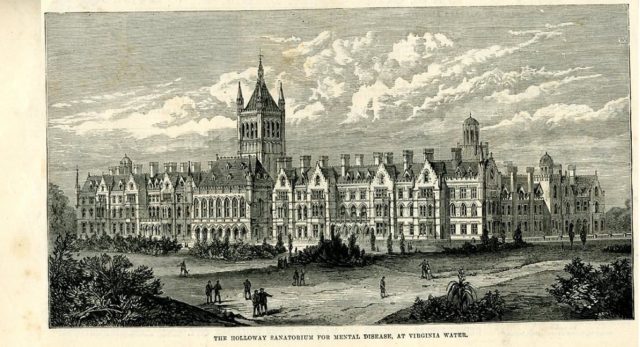
The on 8 February 1978, a devastating fire broke out in the cinema. The fire was so fierce that spread rapidly supported by a strong easterly wind. Two years in later 1980, the sanatorium was closed. All of the remaining patients were transferred to Ashford Hospital, Ashford, Middlesex.
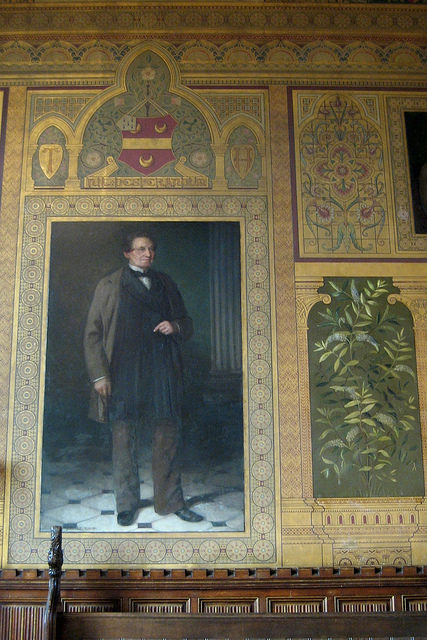
During the closure period, the sanatorium was heavily vandalized and completely derelict. Some period later it became a gated housing development and was renamed, Virginia Park.
Another interesting fact is that this institution was the filming location for the music videos of Bucks Fizz, Ozzy Osbourne, Adam Ant, The Cure, Bonnie Tyler, and Alphaville.
